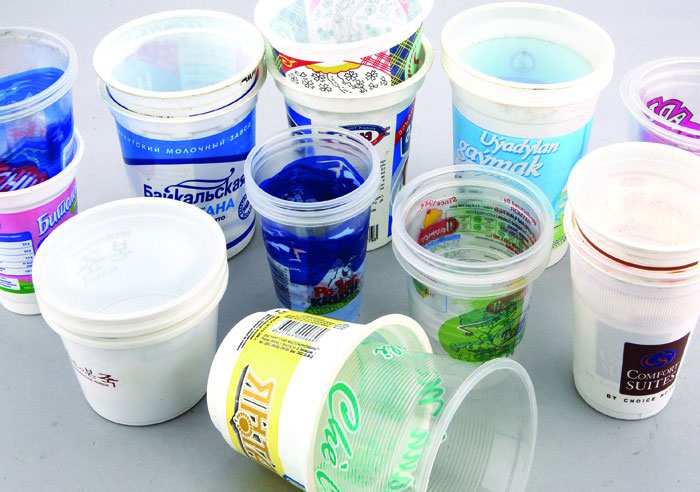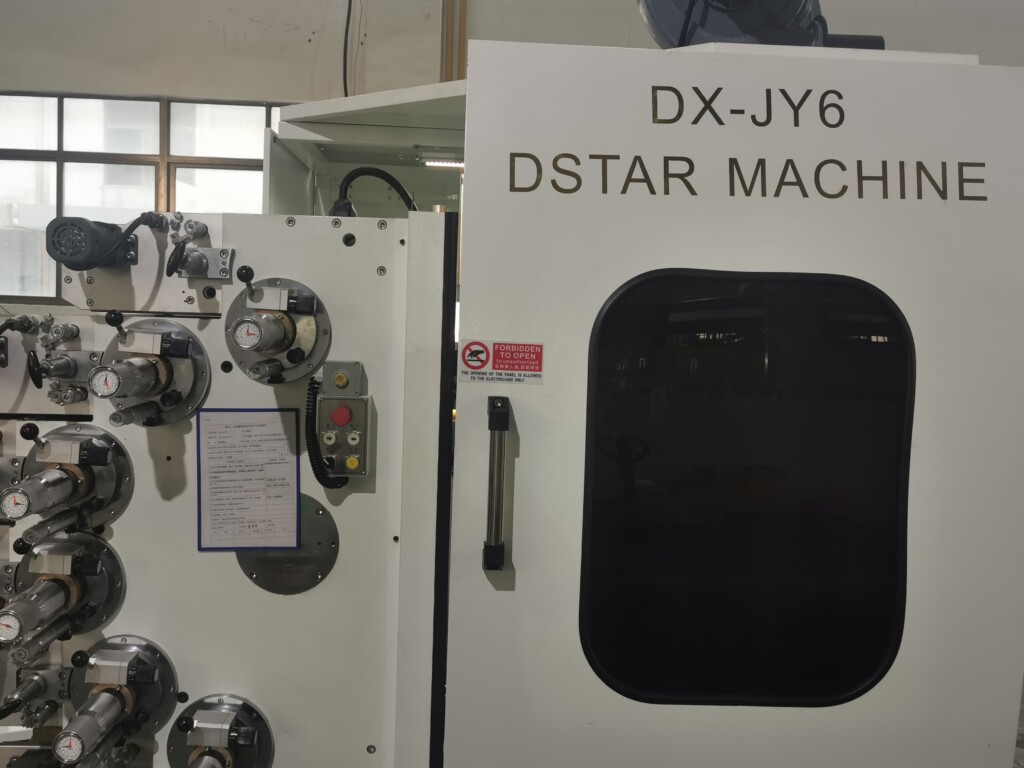When considering the printing of PET (polyethylene terephthalate) drinking cups, two prominent methods often come into pet cup printing machine: screen printing (silkscreen printing) and offset printing. Each of these methods has its own advantages and disadvantages, making them suitable for different types of projects depending on specific requirements such as cost, production volume, image quality, and durability. Below is an analysis comparing the strengths and weaknesses of screen printing and offset printing for PET drinking cups.

PET cup Screen Printing Machine (Silkscreen Printing)
Advantages:
- Durability:
- Screen printing is highly durable, making it ideal for products like PET drinking cups that may be subject to repeated use, handling, and washing. The ink used in screen printing is often thicker and adheres well to plastic surfaces, ensuring longevity.
- Vivid Colors and Opacity:
- Screen printing allows for the application of vibrant and opaque colors, which can stand out even on darker or transparent PET surfaces. This is particularly advantageous when branding or decorative elements need to be eye-catching and distinct.
- Versatility:
- Screen printing is versatile and can be used on various materials, including PET. It can also handle a wide range of ink types, including specialty inks like metallic or UV-reactive inks, offering more creative possibilities.
- Cost-Effective for Small Runs:
- For small to medium production runs, screen printing can be more cost-effective than offset printing, as the setup costs are generally lower, and it does not require complex machinery.
Disadvantages:
- Limited Detail and Resolution:
- Screen printing typically does not offer the same level of detail and resolution as offset printing. Fine text, intricate designs, and gradients may not print as clearly, which can be a limitation if the design requires precision.
- Longer Production Time:
- The process of screen printing can be slower, especially for multi-color designs, as each color requires a separate screen and drying time. This can increase production time and limit the number of cups that can be printed in a given period.
- Environmental Concerns:
- Screen printing can involve more waste and environmental impact, particularly due to the use of screens, excess ink, and the need for cleaning chemicals.
PET cuup dry Offset Printing Machine
Advantages:
- High Detail and Resolution of pet cup printing machine:
- Offset printing excels in producing high-quality images with fine details, crisp lines, and smooth gradients. This is ideal for PET cups that require detailed branding, logos, or photographic images.
- Efficient for Large Volumes:
- Offset printing becomes more cost-effective with larger production runs. Once the initial setup is done, it allows for high-speed printing, making it ideal for large quantities of PET cups.
- Consistent Quality:
- Offset printing provides consistent results across a large batch of products. The quality of the first print will closely match that of the last, ensuring uniformity in branding and design.
- Economical for Complex Designs:
- When dealing with complex, multi-color designs, offset printing can be more economical than screen printing due to its ability to efficiently handle intricate designs in a single pass.

Disadvantages:
- Higher Initial Setup Costs:
- The initial setup for offset printing is generally more expensive due to the need for plates and more complex machinery. This makes it less cost-effective for small production runs.
- Less Durable Inks:
- The inks used in offset printing may not be as durable or resistant to wear and tear as those used in screen printing. This can be a concern for PET cups that will be reused or exposed to harsh conditions.
- Limited to Flat Surfaces:
- Offset printing is better suited to flat or slightly curved surfaces, which can be a limitation for PET cups with more complex shapes. Screen printing, by contrast, can more easily adapt to uneven surfaces.
- Environmental Concerns:
- While generally less wasteful than screen printing, offset printing still involves chemical processes and the use of metal plates, which can have environmental impacts.
Conclusion
The choice between screen printing and offset printing for PET drinking cups depends largely on the specific needs of the project. Screen printing offers durability and vibrant colors, making it suitable for smaller runs or products that will endure frequent handling. However, it may lack the precision required for detailed designs. Offset printing, on the other hand, excels in producing high-quality images and is more efficient for large production runs, but it comes with higher setup costs and may not be as durable on PET surfaces.
For smaller batches or when using designs that require durability and bold colors, screen printing is often the preferred choice. For larger volumes, detailed designs, or when consistent quality is essential, offset printing may be more advantageous. Both methods have their place in the market, and the decision should be guided by the specific goals and constraints of the project.
#PETdrinkingcupprinting #petcupoffsetprinting #offsetprintingmachine
 DSTAR machine
DSTAR machine

WeChat
Scan the QR Code with wechat